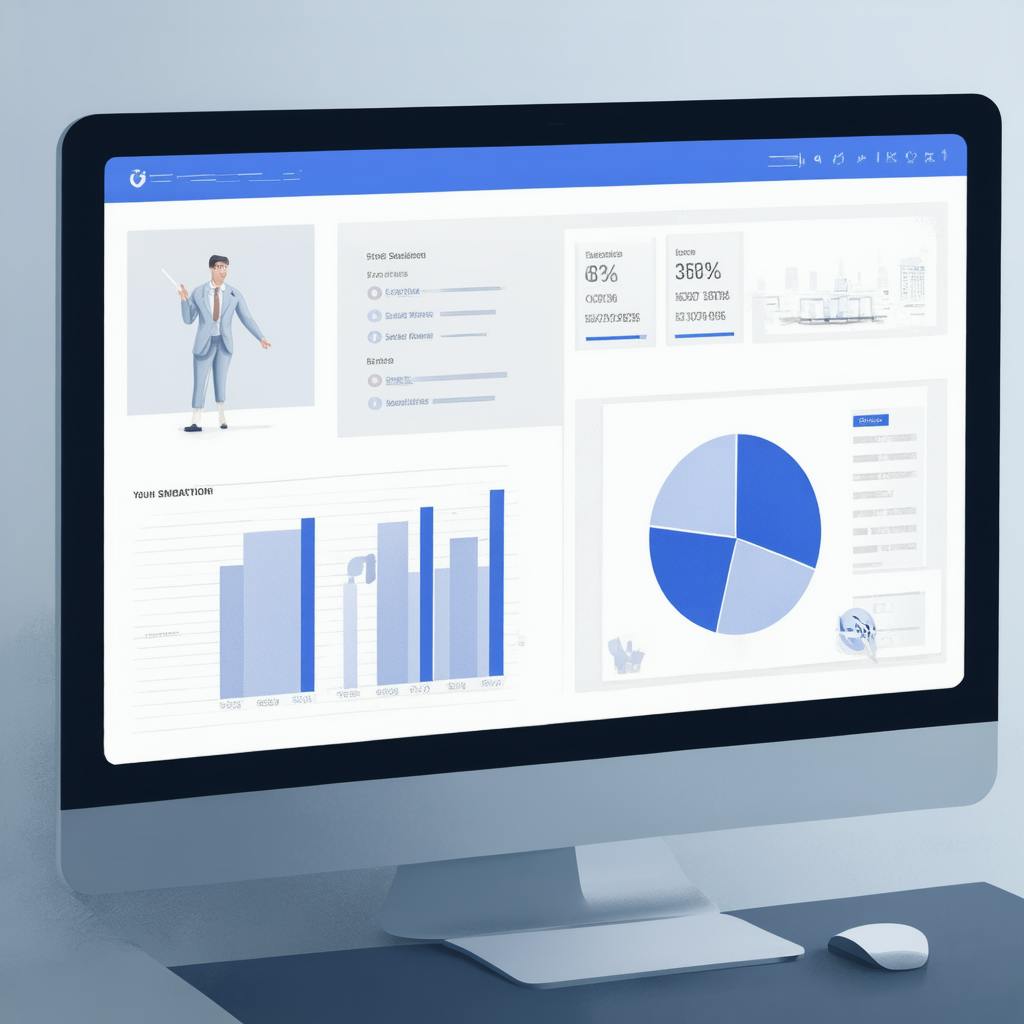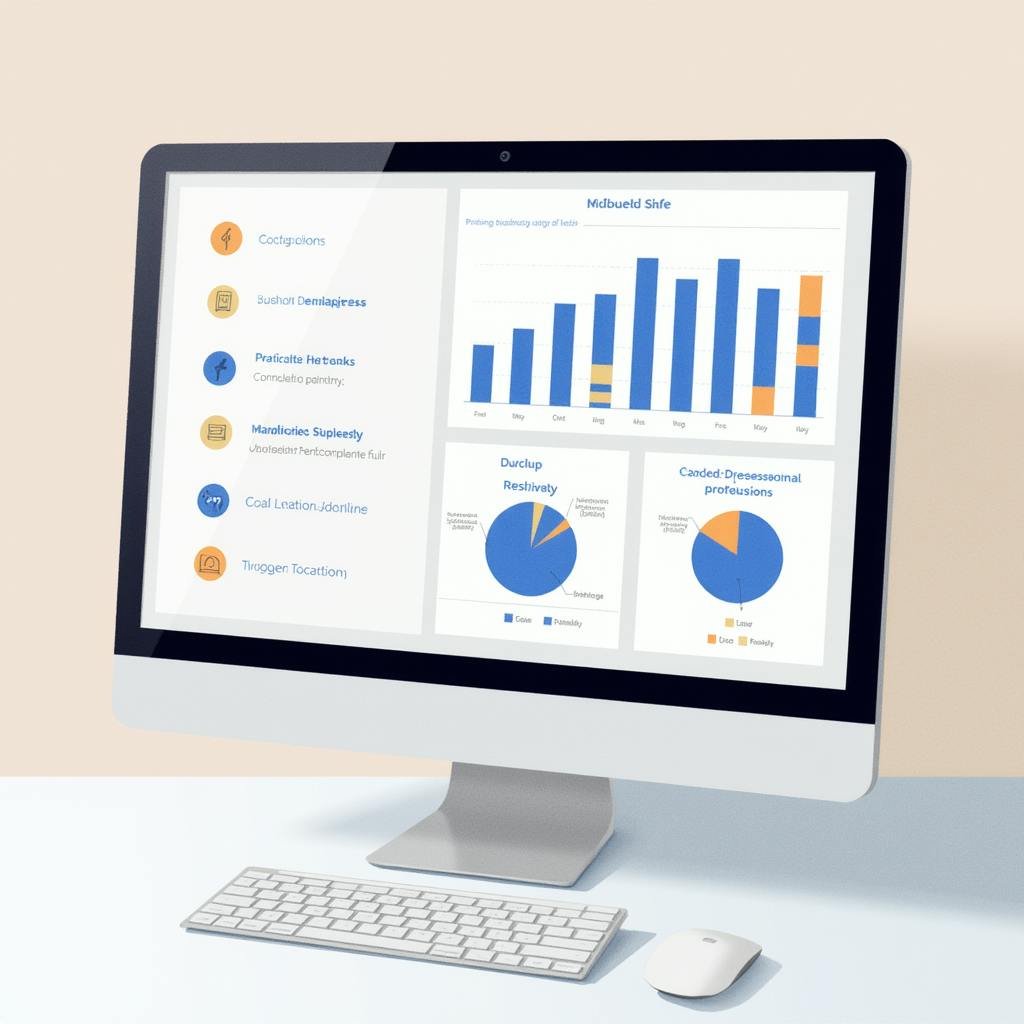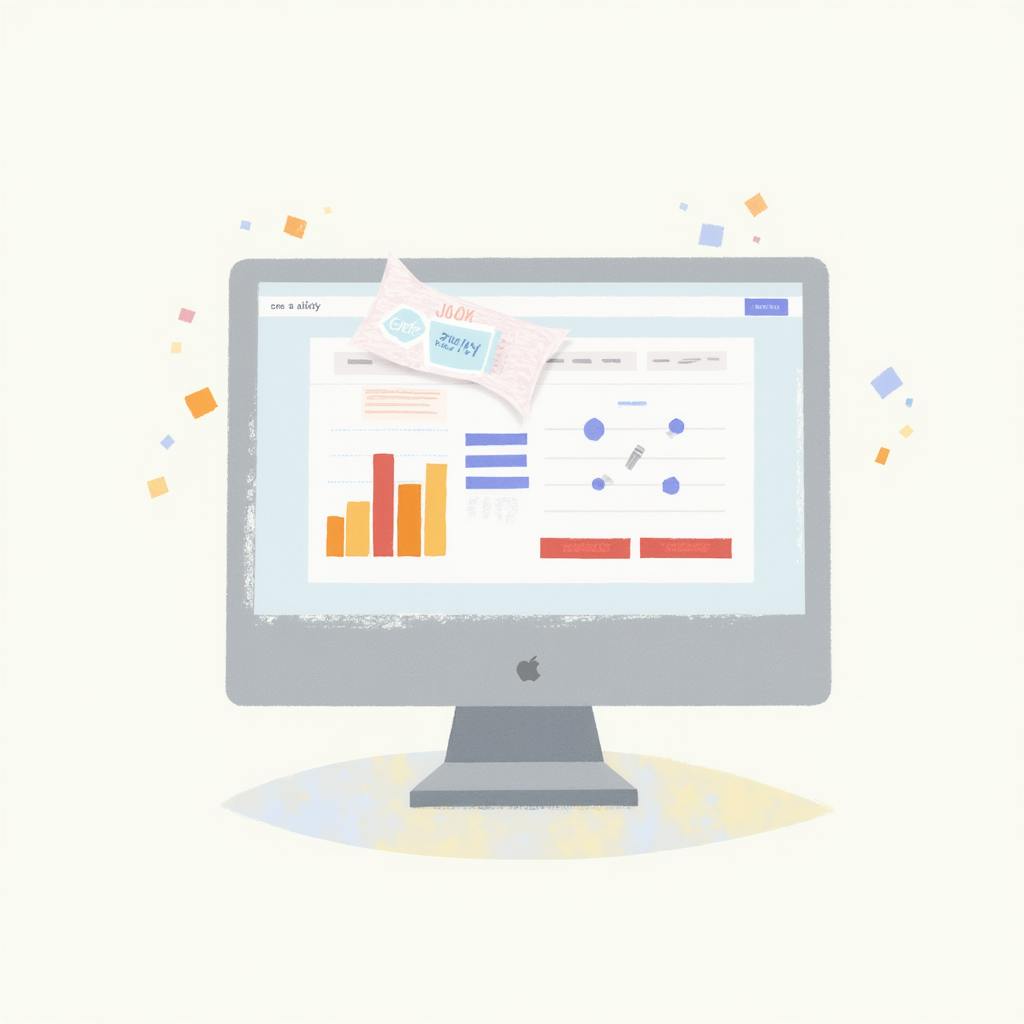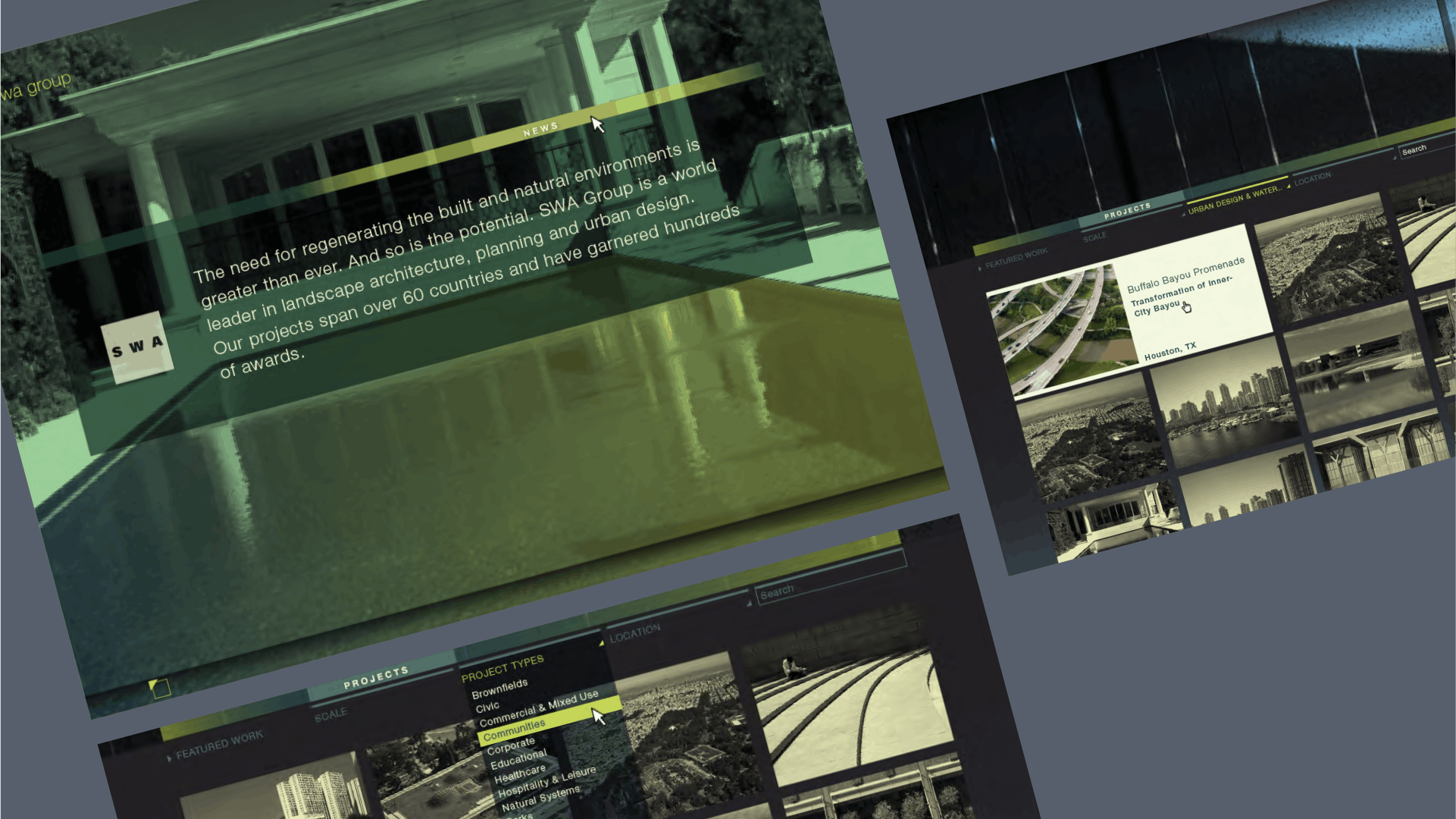In the competitive realm of B2B digital marketing, crafting landing pages that effectively convert visitors into leads is crucial. With numerous businesses vying for attention, standing out with professional and effective landing pages for business services is imperative. This article delves into landing page examples B2B brands should emulate to enhance their lead generation efforts, discuss what makes these pages tick, and address key questions to boost your online marketing strategies.
Clear and Commanding B2B Landing Pages
1. HubSpot's Streamlined Approach
HubSpot's landing pages remain a staple in B2B lead generation strategies. Their minimalistic design, with a focus on clear and concise messaging, offers no distractions - just what your potential clients need. Their pages prioritize one call-to-action (CTA) to laser-focus visitors’ actions, making them prime examples of effective landing pages for business services.
2. Salesforce's Trust-Building Layout
Salesforce effectively leverages trust elements by highlighting customer testimonials and brand credibility. Their B2B landing page examples illustrate how to create a professional landing page that builds confidence and registers with visitors at a deeper level. Compelling visuals paired with credible information contribute to a holistic approach that textbook landing pages for B2B services should practice.
3. LinkedIn Sales Solutions’ Comprehensive Offerings
LinkedIn Sales Solutions uses its landing pages to address potential customer pain points effectively. By providing free, valuable resources like webinars and guides, they lead the prospective buyer down the purchasing funnel effortlessly. Such a strategy becomes a textbook reference for B2B brands looking to harness information that seals the deal.
4. Slack’s Interactive and User-Centered Design
Slack's landing pages skillfully employ interactive elements that make visitors visualize their product in real-time use. Clear benefits, engaging demos, and succinct copy highlight the functionality of Slack for B2B businesses, demonstrating how experiential content goes a long way in converting visitors into committed customers.

AI made with Dean Jones
Concise and Targeted Messaging
Effective B2B lead generation landing pages remain concise, delivering only the most pertinent information. Pages should convey value propositions clearly—Dropbox Business, for instance, showcases their simplicity in file sharing and storage, applying concise language that assures potential clients of their core competencies.
Compelling Reasons to Model These Pages
Businesses mimicking these landing page examples B2B companies successfully leverage can expect improvements in conversion rates, brand perception, and obtaining qualified leads. Persuasion lies in explicitly stating the benefits, while the application of social proof, clear CTAs, and engaging designs resonates well with visitors, urging them to take action.
Credible and Insightful Components
Frequently asked questions revolve around how to ensure B2B landing pages genuinely convert. The credibility stems from using data-backed methods, understanding target audiences' pain points, and registering the overall usability and design preferences of your target market. Including customer reviews, testimonials, and badges of credibility can significantly enhance trust and conversion.
FAQ: B2B Landing Page Examples and Best Practices
What are some good examples of B2B landing pages to emulate?
When considering exemplary B2B landing pages, several companies stand out due to their strategic design, clear messaging, and user-centric approach. Here are a few noteworthy examples:
- HubSpot: HubSpot's landing pages are known for their clean design, clear value proposition, and strong call-to-action (CTA). They often include testimonials and relevant case studies to build trust.
- Slack: Slack's landing pages utilize concise copy and vivid imagery to convey the platform’s benefits. They focus on solutions and real-world applications, making it easy for users to understand the value.
- Dropbox Business: Dropbox Business effectively uses simplicity and trust signals, like logos of well-known brands, to enhance its credibility. The page also highlights different use cases tailored to potential business clients.
- Mailchimp: Mailchimp uses bold visuals and colors to attract attention, coupled with persuasive headlines and customer testimonials for social proof. They also offer visitors a straightforward path to sign up or learn more.
How can B2B brands effectively design their landing pages?
Designing effective B2B landing pages requires understanding your target audience and aligning your design and content to their needs. Here are some tips for success:
- Clear Value Proposition: Articulate what makes your product or service unique. Your value proposition should be prominently displayed and understandable at a glance.
- Understand Your Audience: Tailor your page to your ideal B2B persona, addressing pain points and offering solutions relevant to their industry and position.
- Simplify Navigation: Keep the layout straightforward to guide users toward the desired action without distractions. The use of white space can enhance focus and readability.
- Compelling Visuals: Use professional images, videos, and graphics to convey your message effectively. Visual content should complement your text and not overwhelm it.
- Strong Call to Action: Make sure the CTA is eye-catching and clearly communicates what action you want visitors to take, whether it's downloading a guide or scheduling a demo.
- Responsive Design: Ensure that your landing page functions seamlessly across all devices, as more B2B buyers are researching solutions on mobile.
What are some key features of successful B2B landing pages?
Successful B2B landing pages share several key features that enhance their effectiveness:
- Targeted Messaging: Content that speaks directly to the needs and challenges of the target audience, using industry-specific language when appropriate.
- Social Proof: Incorporating testimonials, client logos, and case studies can build credibility and trust with prospective clients.
- Lead Capture Forms: Forms should be well-designed and strategically placed to maximize lead conversion. Optimize form length to balance information collection with completion rates.
- Fast Load Times: Prioritize website speed, as slow-loading pages can lead to high bounce rates and lost opportunities.
- Analytics Integration: Use tools to track visitor behavior and engagement. Analytics provide insights for ongoing optimization of the page’s performance.

AI made with Dean Jones
Why should B2B brands focus on improving their landing page design?
Enhancing landing page design is crucial for B2B brands due to several reasons:
- Increased Conversion Rates: Well-designed landing pages can significantly boost the likelihood of converting visitors into leads or customers by delivering a tailored and persuasive experience.
- Stronger Brand Perception: A professional and engaging landing page strengthens your brand image, presenting your company as an industry leader.
- Competitive Edge: Effective landing pages can differentiate your business in a crowded marketplace, highlighting your unique value proposition.
- Better ROI on Marketing Spend: Optimizing landing pages ensures that the traffic driven by your marketing campaigns is more likely to convert, improving the return on investment.
- Valuable User Insights: Improved landing pages can provide better data on user behavior and preferences, helping to refine targeting and segmentation in future campaigns.
Conclusion
Integrating effective B2B lead generation landing pages is pivotal for companies seeking to thrive in the digital marketing landscape. By following proven landing page examples B2B giants such as HubSpot, Salesforce, LinkedIn, and Slack employ, businesses can reinforce their online presence and convert visitors into loyal clients. Model these essential elements, maintain credibility, and fine-tune your approach continually—the formula for landing page success in B2B markets.

